1. Convert Original Style to Wrapper Style............................................................... 294
2. Convert Wrapper to Original Style........................................................................ 295
1. parseXxx () .............................................................................................................. 297
2. toString ()................................................................................................................ 297
3. xxxValue () .............................................................................................................. 297
4. compareTo ().......................................................................................................... 298
5. compare () .............................................................................................................. 299
6. equals () .................................................................................................................. 299
2. toString ()................................................................................................................ 305
Lesson 1: An Overview of Java
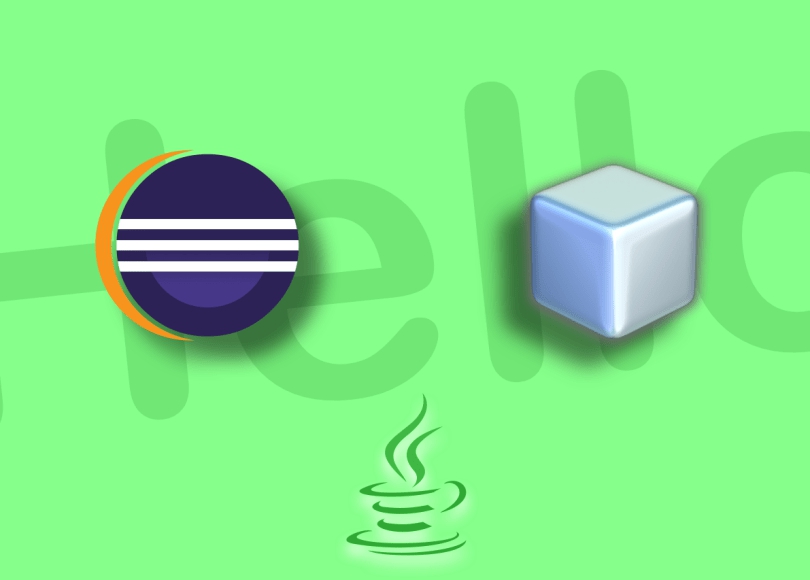
I. A Little Walk Through The History Of Java

Let's begin to familiarize ourselves with this curriculum through a brief understanding of the Java language.
Java was created by James Gosling and his team at Sun Microsystem in 1991 ( Oracle later acquired Sun Microsystem in 2010 ). Initially this language was called Oak (oak tree) because outside the company at that time there were many trees planted (other documents say so, I just
copy). Oak was officially renamed Java in 1995, probably because the oak trees were cut down.
II. Java Key Features
Java is an Object Oriented Programming Language (OOP) . So when programming with this language you will have to work with classes. Java's syntax is heavily borrowed from C / C ++ but has simpler object-oriented features and less low-level processing features, so it will be easier to approach Java than C / C ++, plus if you already have a foundation on C / C ++ will surely accept and approach Java more easily.
The famous slogan of Java as you probably knew is "Write Once, Run Anywhere" . Writing here is writing code, while executing the application. This means, software language can be run on any different platforms (platforms). To do this, Java introduces the concept of the JVM (Java Virtual Machine ), when you compile a program, instead of the source code will be translated directly to machine code like many other languages, then running means written in Java
with Java code That source will be translated into byte code , this byte code will be distributed by you to different devices, the JVM built in those devices will further translate this byte code into machine code for you. This compilation can be described with the following diagram.
III. Why Should You Choose Java?
1. Simple (Syntax) Syntax
As I said above, since Java is inherited from C / C ++, it will still retain the simplicity of syntax compared to what C / C ++ has achieved.
On the other hand, Java also reduces the "headache" concepts that C / C ++ is having, making the language simpler and easier to use. Some of these reductions can be mentioned such as: removing Goto statements , no longer the concept of Overload Operator , and also removing the Pointer concept , removing the Header file , removing the always Union , Struct , ...
2. Fully Object-Oriented (OOP)
There are also many opinions surrounding these two words "completely" , in fact only primitive data types of Java such as int , long , float , ... are not object oriented. In addition to those primitive data types, when exposed to Java, you always have to think and work in an object-oriented manner. So what is object oriented? You will understand because we will start talking about object orientation from the next lessons.
3. Independence With Hardware And Operating System Platform
As mentioned above, Java's motto is "Write Once, Run Anywhere" . This made the Java language platform-independent. When programming with Java, you will not have to think about the architecture compatibility of each type of operating system or hardware, it is the JVM that will help you with this.
4. Is A Powerful Language
Java is powerful because it supports many programmers. First, as I mentioned above, Java can run on multiple platforms. Java also has the Ministry of garbage ( Garbage Collection ) that automatically cleans the objects used to release the memory, but with other languages, the programmer must perform a liberating manually. Java also supports multithreads very well. And there are many other things we will learn together.
IV. Java Software Development Environment
The Development Environment is an environment where Software Developers have the tools most necessary to write a complete application. Since the lesson is related to Java programming, we will focus on understanding what the Java Software Development Environment will consist of.
1. Operating System
No matter what operating system you are programming on: Windows , Linux or Mac . Then you can all install a Software Development Environment for Java.
2. Java Development Kit (JDK)
The Java Development Kit (JDK) , which will give you the tools you need to compile, execute, and even have an environment for your Java application to run.
3. The Compiler Tool
The Compiler Tool that I want to talk about here is an Integrated Development Environment (IDE) , or in other words a tool for you to write Java code on, this tool can be powerful enough that apart from you. Can code, it also helps check syntax errors when code, helps to associate with the JDK to automatically compile and execute the program.


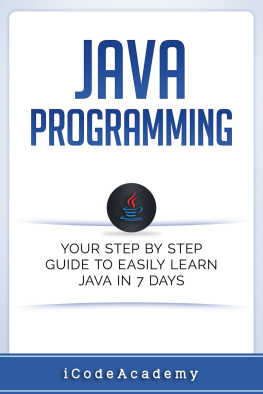
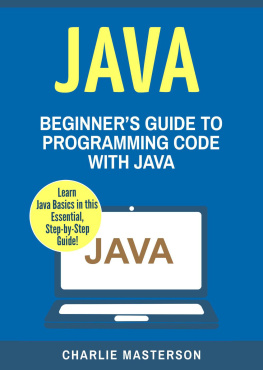
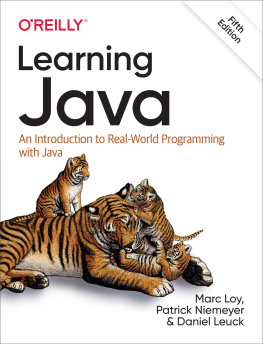
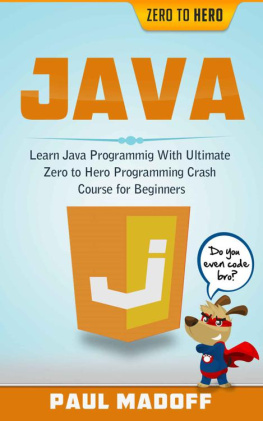
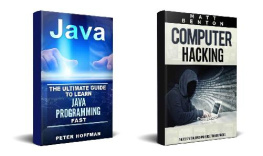
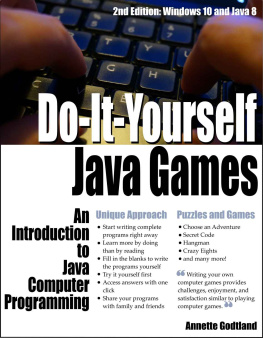

 I. A Little Walk Through The History Of Java
I. A Little Walk Through The History Of Java Let's begin to familiarize ourselves with this curriculum through a brief understanding of the Java language.
Let's begin to familiarize ourselves with this curriculum through a brief understanding of the Java language.
